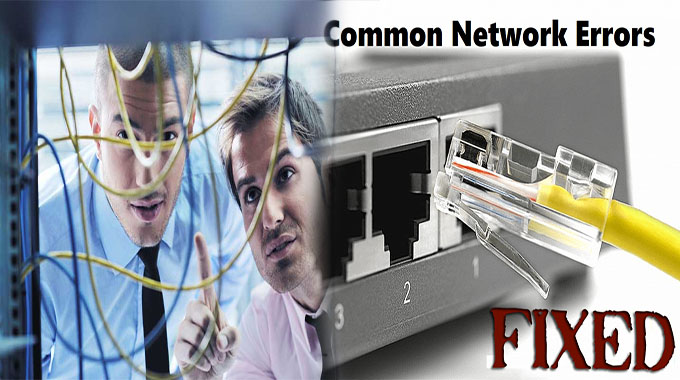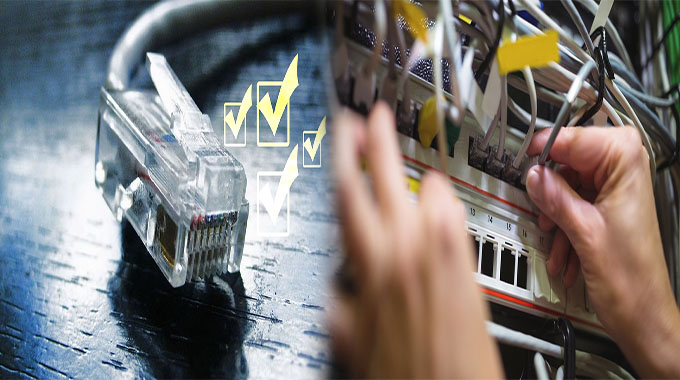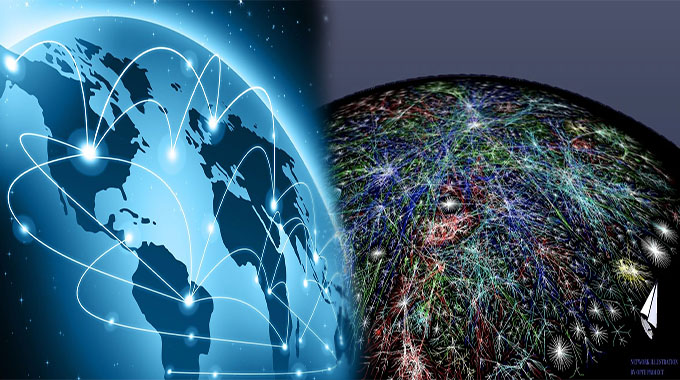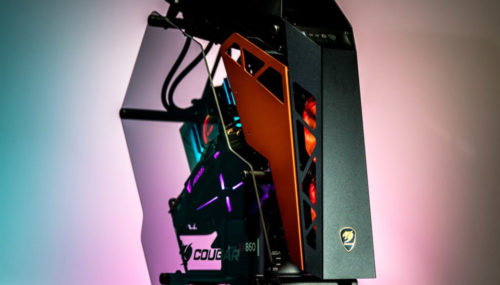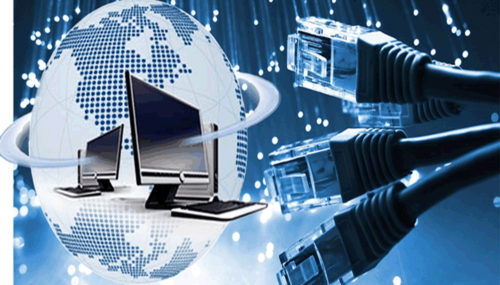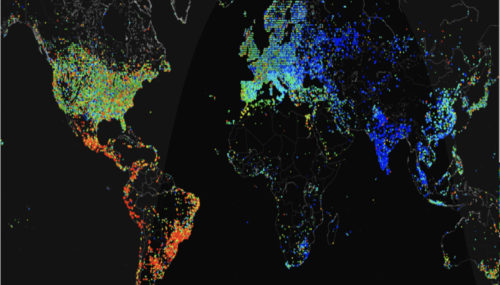How to fix annoying slow Internet at no cost
If you’re reading this, chances are that your Internet is slow. It’s not your fault though! The problem might be with your router, modem or Wi-Fi network. There are a few easy steps you can take to speed up your connection at home and fix annoying slow Internet at no cost:
Make sure you’re connected to the right Wi-Fi.
- Make sure you’re connected to the right Wi-Fi.
- Check your Wi-Fi name, password and security settings.
- If you’re not sure which Wi-Fi is yours, ask someone in your house.
Reset your modem, router and Wi-Fi access point(s).
If you’re having problems with your Internet, resetting your modem and router may be all that’s necessary.
To do this:
- Unplug the power cord from both devices (or turn off their switches).
- Wait 30 seconds to 1 minute.
- Plug them back in or turn them on again.
Change your DNS settings to 8.8.8.8 or 8.8.4.4 (Google Public DNS).
DNS is a system that translates domain names into IP addresses. DNS servers are used by the Internet to find the location of a website, and they’re responsible for making sure you get to where you want to go on the web.
For example: if your friend asks you where they can find their favorite coffee shop nearby, instead of giving them directions or telling them its exact location (which may change), you could just tell him or her its name and let him/her use Google Maps’ map function to figure out how close it is from his/her current location. This would be similar to how DNS works–it converts human-readable URLs into IP addresses so that computers can more easily understand where things are located online.
You can change your computer’s default DNS server settings in order to improve performance while browsing websites and loading content …


